Coolbe: This product is a medical device which must be used only as intended and in accordance with the instructions for use.
This device is not a substitute for professional medical advice, diagnosis, or treatment. Consult a qualified healthcare professional before use if in doubt. The seller/distributor is not liable for any damages arising from misuse, unauthorized modification, or use beyond stated indications.
-----
---------------------------------------------------
【Voltage Compatibility】
Our products are selected to support international voltage ranges (e.g. 100–240V).
However, please make sure your local voltage is compatible before use, as incorrect voltage may still cause malfunction.
【Plug Type】
Our products use Japanese plug types (A or B type).
Please use a conversion adapter if necessary.
【Important Note on Transformers and Adapters】
A transformer adjusts voltage to match your device’s requirements.
A conversion adapter only changes the plug shape and does not adjust voltage.
Using only a conversion adapter without a transformer may result in damage to the product.
【Liability】
We are not responsible for malfunctions or damages caused by improper use, such as operating the product without appropriate voltage or equipment.
---------------------------------------------------
What is a pulse oximeter? It is a device that measures blood (arterial) oxygen saturation (SpO2) and pulse rate through the skin.
Oxygen taken in from the lungs binds to the hemoglobin contained in red blood cells and is transported throughout the body. Oxygen saturation (SpO2) is a value measured through the skin to determine what percentage of the hemoglobin contained in red blood cells flowing through the blood (arteries) transported throughout the body is bound to oxygen. The sensor in the clip detects the blood flow in the arteries and automatically calculates and displays the SpO2.
What is a pulse oximeter? It is a device that measures the oxygen saturation (SpO2) and pulse rate of blood (arteries) through the skin. Clip the clip part on your finger to start the measurement. Oxygen taken in from the lungs binds to the hemoglobin contained in red blood cells and is transported throughout the body. Oxygen saturation (SpO2) is the percentage of hemoglobin contained in red blood cells flowing through the blood (arteries) that is transported throughout the body that is bound to oxygen, measured through the skin. The sensor in the clip detects the blood flow in the arteries and automatically calculates and displays SpO2. Oxygen saturation (SpO2) decreases when the ability to take in oxygen decreases due to lung or heart disease. It is mainly measured as needed by patients in hospitals and at home (if you are observing the progress of an illness, please be sure to do so under the instructions of a doctor). It is also used for simple diagnosis of sleep apnea syndrome. It also decreases to some extent with age, and fluctuates when exercising or wearing a mask. (Customers with vitiligo cannot take accurate measurements.) Generally, a level of 96-99% is considered normal, and if it is below 90%, it is possible that the patient is in a state where sufficient oxygen is not being delivered to organs throughout the body (respiratory failure), and appropriate measures will be required.
It is necessary. If you have a lung or heart disease, and symptoms such as shortness of breath or wheezing become severe, and your SpO2 drops by 3 to 4% from the normal value, please contact your doctor immediately and see a doctor. The operation of the device itself is easy, and it can be used at home. The meaning of the measurement value varies depending on the person's condition and the illness they are suffering from, so we recommend that you do not make a self-diagnosis based on the measurement value, but rather visit a medical institution such as your doctor if you suspect an illness.









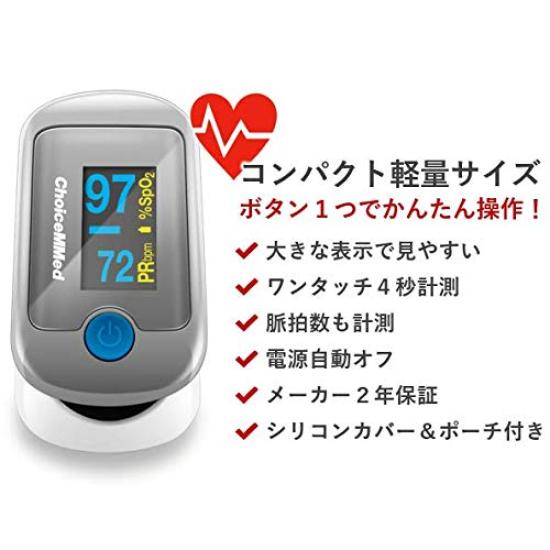
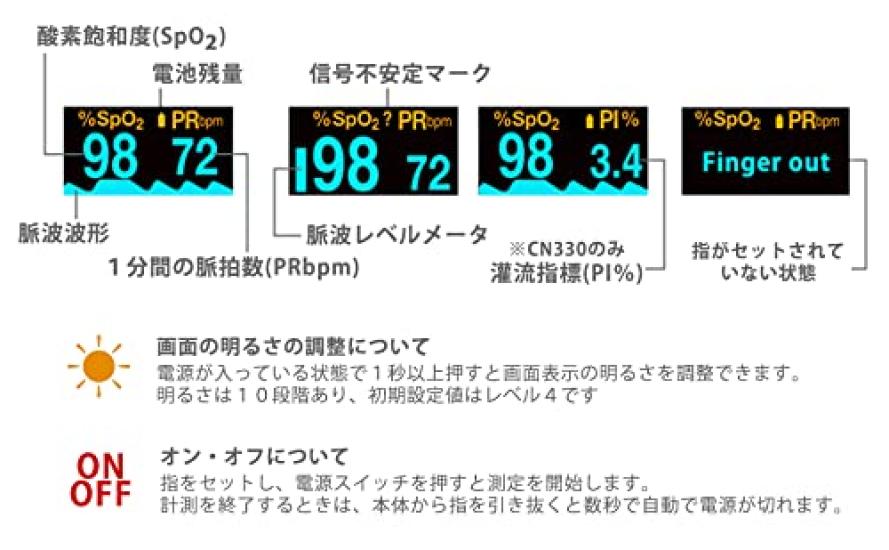
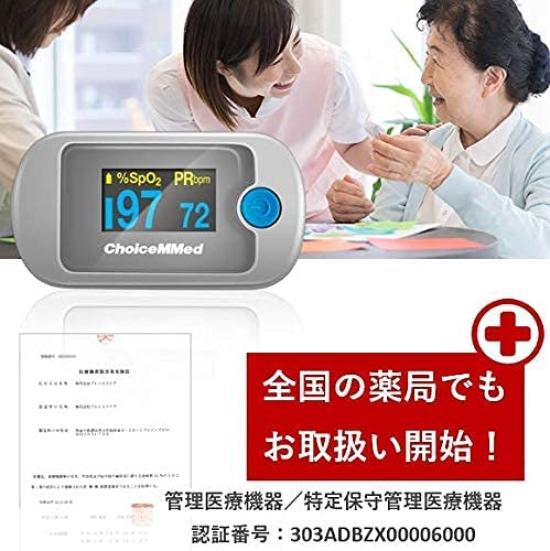
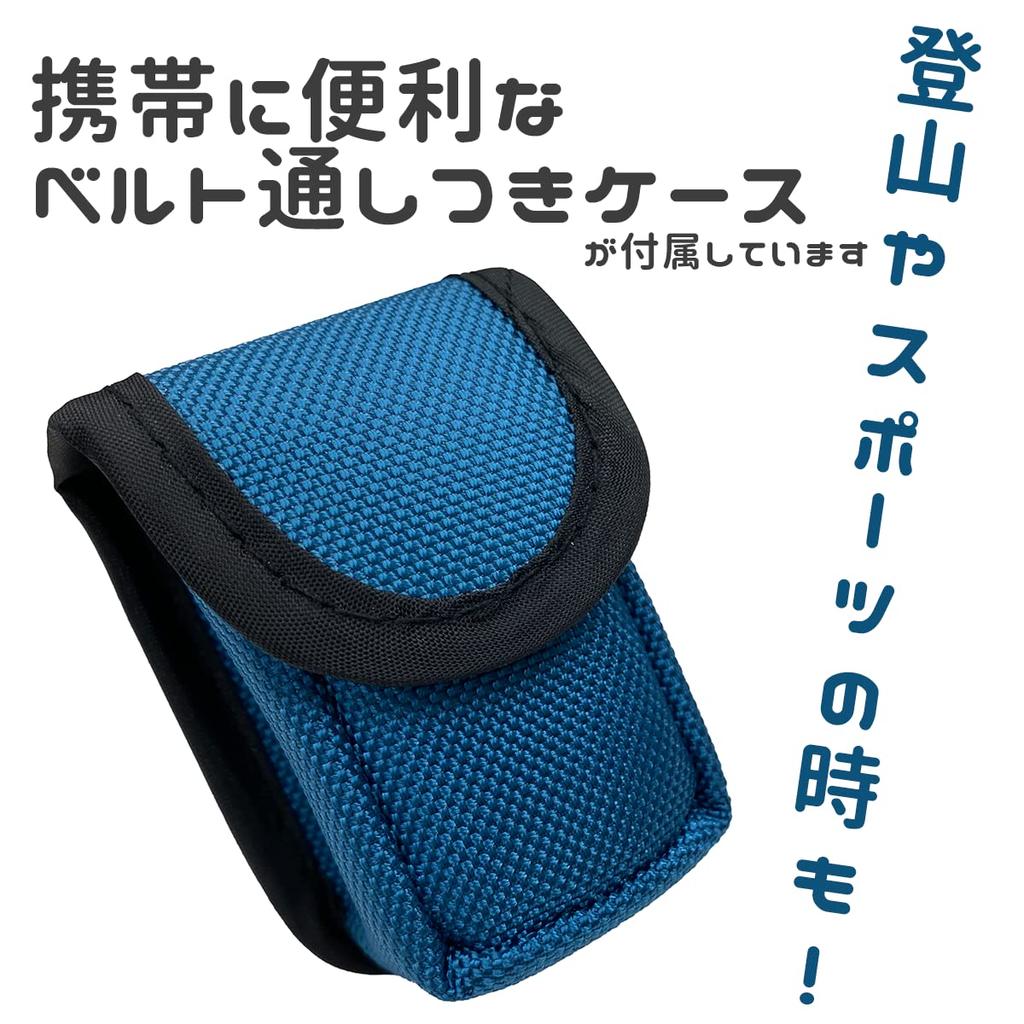


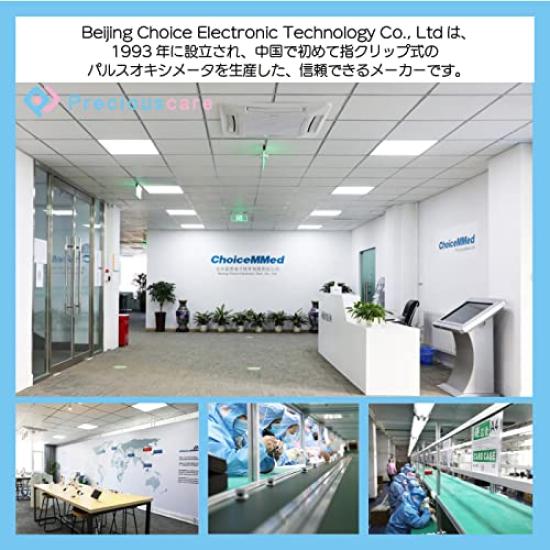

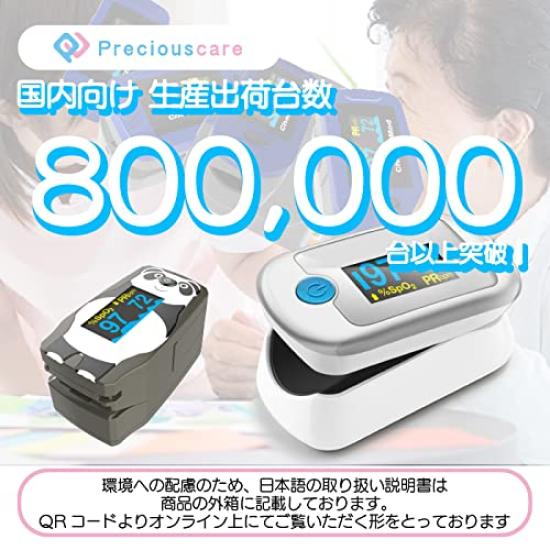

![Device Pulse Oximeter with Oxygen Concentration Auto Power Pouch Chinabi MD300CN [Medical Certification] Light-shielding Cover, Meter, Off, Included,](https://img.joomcdn.net/99db42e9f4945f8fe64e2a3fa629aceb420f00e7_100_100.jpeg)


![Device Chinabi Pulse Oxygen Concentration Suitable for Women and Thin Light MD300C5 [Medical Certification] Oximeter, Meter, Children's Fingers, Gray,](https://img.joomcdn.net/61a6c220875d226b91206b2f44824ef464999ae0_100_100.jpeg)
![Pulse Oximeter Surfing PO Care [Healthcare & Products]](https://img.joomcdn.net/a29d13d2b9e93084ef1186aba657d4c310d0f197_100_100.jpeg)
![Device Pulse Oximeter Oxygen Concentration Meter Easy To Read Even In Dark Places Chinabi MD300CN350 Black [Medical Certification]](https://img.joomcdn.net/2bd1dc87ba56604505e06d5a9ed040e658179dc6_100_100.jpeg)








